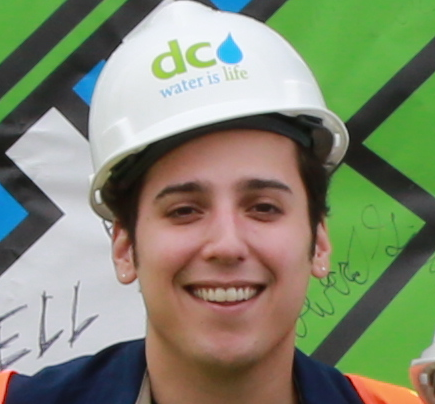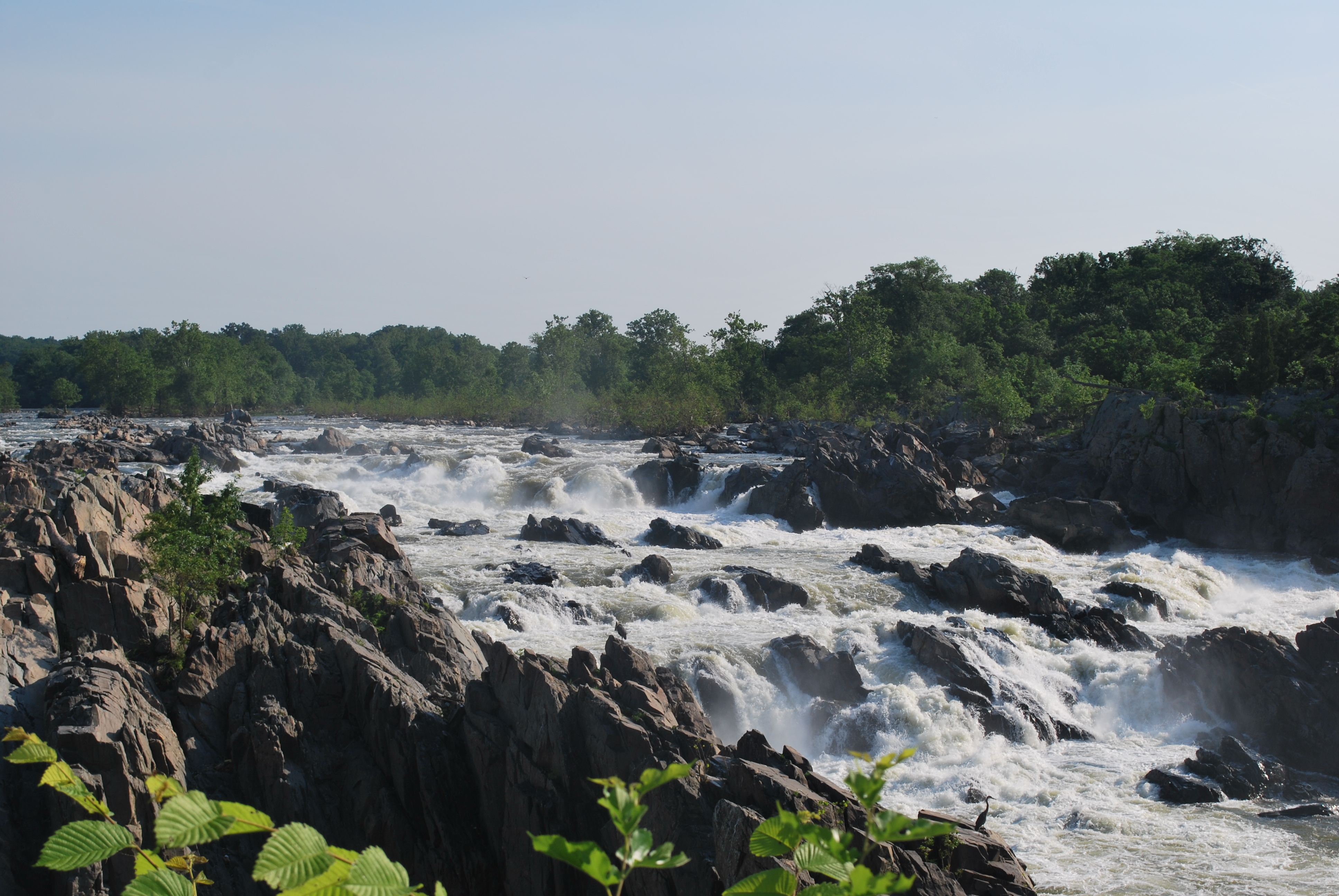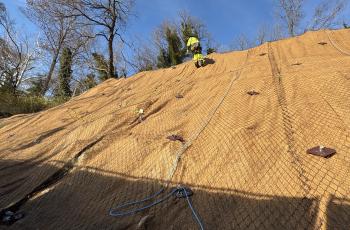Protecting the Tap


Whether boiling water for dinner, taking a shower, or quenching your thirst, many of us don’t think twice when turning on the tap. The action is automatic, and the access is instantaneous. However, 2.8 billion people worldwide lack access to safely managed drinking water, and in some regions, it takes more than an hour to travel to the closest source of water. Drinking Water Week is a time when we can reflect on the privilege of having the source of life’s most critical resource directly in our homes.
 The theme of Drinking Water Week is “Protect the Source,” encouraging all of us to do our part to protect the Potomac River from water pollution. It’s equally as important to protect the source of your home’s tap water. DC Water delivers over 100 million gallons of water every day that meets or exceeds federal water quality standards. Yet many residents are unsure about the engineered resource that flows from faucets and fountains, especially when it comes to contaminants like lead. Water quality can decline if water sits in aged plumbing in and around the home for extended periods of time. Follow these practical methods to ensure the highest quality of drinking water in your home so you can stay well-informed and well-hydrated.
The theme of Drinking Water Week is “Protect the Source,” encouraging all of us to do our part to protect the Potomac River from water pollution. It’s equally as important to protect the source of your home’s tap water. DC Water delivers over 100 million gallons of water every day that meets or exceeds federal water quality standards. Yet many residents are unsure about the engineered resource that flows from faucets and fountains, especially when it comes to contaminants like lead. Water quality can decline if water sits in aged plumbing in and around the home for extended periods of time. Follow these practical methods to ensure the highest quality of drinking water in your home so you can stay well-informed and well-hydrated.
- Flush your pipes before using any tap water for drinking or cooking. Run cold water until the temperature changes and then allow it to run for an additional one to two minutes.
- Use only cold water for drinking and cooking.
- You may also choose to filter your water.
- Remove and clean faucet aerators every 3 months.
- Request a free lead test kit from DC Water by contacting the Drinking Water Division at 202 612 3440 or email leadtest@dcwater.com.
- Check to see if your home has, or has had a lead service line with our interactive map.
Water is essentially lead-free when it leaves the Washington Aqueduct’s treatment facility and flows through DC Water’s distribution system. Clean drinking water can come in contact with lead as it flows from lead-free public water mains in the street through plumbing in and around the home. Lead can be introduced to water by the corrosion of pipes and plumbing materials including lead service pipes, galvanized iron in-home pipes, lead solder, and brass faucets, valves, or fittings.

 The most effective way to minimize exposure to lead is to remove the source(s) of lead. DC Water strongly encourages residents to identify and remove any lead pipes or plumbing materials serving their home. If you have pipes or plumbing fixtures that contain lead, or if you don’t know their material type, you should take steps to minimize potential lead exposure until all sources of lead have been removed.
The most effective way to minimize exposure to lead is to remove the source(s) of lead. DC Water strongly encourages residents to identify and remove any lead pipes or plumbing materials serving their home. If you have pipes or plumbing fixtures that contain lead, or if you don’t know their material type, you should take steps to minimize potential lead exposure until all sources of lead have been removed.
If you are pregnant, nursing or have children under age six, DC Water recommends that you filter your water before drinking and cooking until all sources of lead have been removed. This includes water used for making infant formula, beverages, and ice. Ensure the filter is certified for lead removal by looking on the package or calling the manufacturer.





